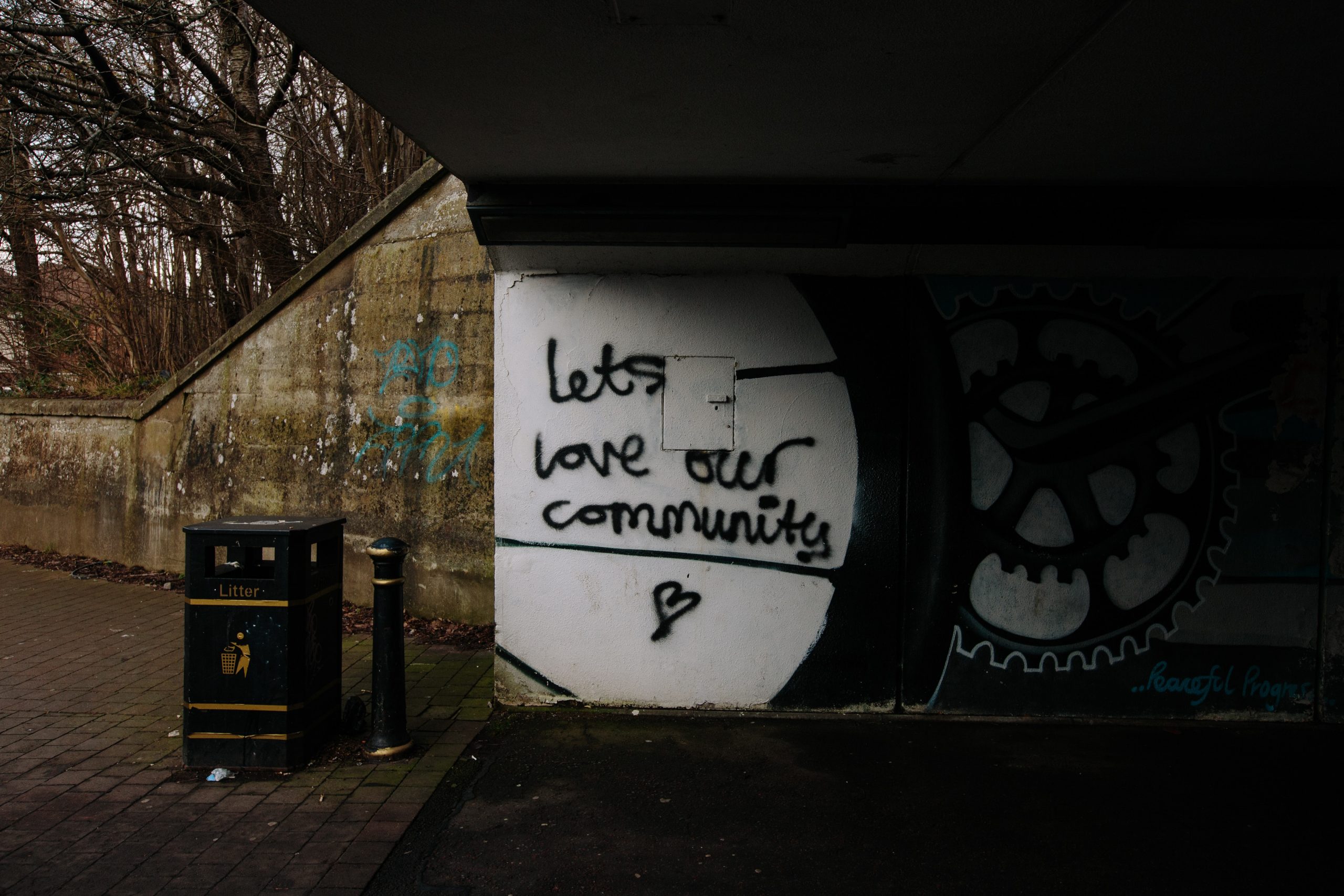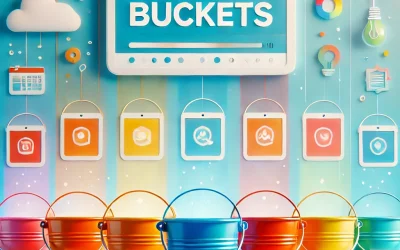There’s a saying from the famous movie “Field of Dreams”: “if you build it, they will come.”
While inspiring, that’s just not always true, in fact, many times things go the opposite way when it comes to community building. Sometimes instead of bums on seats we get crickets. Let’s explore the common reasons why people don’t show up and how we fix them.
#1. Your community is not offering enough value to your audience
Humans only try new things if they get something out of it. And that’s what your community is: it is NEW to them. As such, we need to give them undeniable value if we want them to show up.
To figure out what your incentives for members joining should be, ask yourself a simple question.
What does your audience hate about life? What is the pain they’re experiencing?
When you focus on relieving their pain, they will join you. That is the key.
For example, a common pain point of camera owners is spending a lot of money on camera equipment without knowing if they’ll like it. So, what value can you add to relieve that pain?
In this case, you could give them a list or summary of top rated equipment, so they no longer worry about this. Maybe you could also provide them with a forum they can join to ask their questions?
As another example, if you are building a community of musicians who are struggling to understand a piece of audio equipment, maybe you could provide them with a free e-book that walks through the gear when they join your community?
The key is to understand what they are struggling with, and give them value that relieves it.
#2. People haven’t heard of your community
If you build it but don’t tell anyone about it, they definitely won’t come.
When launching a community, a sprinkling of social media posts, emails, and the odd video here and there simply isn’t enough to get people to join. Instead, you need to have a constant flow of valuable content and opportunities that lead people to your community.
To do this, I suggest making a weekly list of 3 – 5 interesting discussions, events, content, and other things going on in your community each week. Then, share these different things across social media, blog posts, videos, and beyond.
Another way you can raise awareness is to simply to feature your community in your other tools and resources. For example, list your community on your website, social media descriptions, GitHub repositories, events, presentation decks, YouTube videos, and more.
Again, focus on finding every possible opportunity to promote your community everywhere and put it center stage, where it deserves to be.
#3. Your onboarding sucks
When you go to Disneyworld, every element of your experience is carefully carved out. From how you park your car, to how you buy tickets, to how you walk around the park, hop on rides, and grab cheeseburgers, Disney have designed every element of the experience to be as high quality as possible.
The same happens in video games: the first few levels are designed to help you familiarize yourself with the controls and achieve some simple tasks.
The key point here is delivering a simple, elegant, high quality experience. We need to do that in our communities, and the first step in doing so is nailing the onboarding experience.
Far too many people spend bags of time on the outreach and promotion of their community, then underwhelm once people actually join. Or worse, people just get stuck in trying to figure out how to get started.
I suggest you get your onboarding process in shape before you worry about the promotion.
There are six steps to do this, which need happen in order:
- Give them a reason to participate.
- Make it easy to get up and running with the tools required to participate.
- Help them develop the skills they need to be successful in the community.
- Make sure they can easily find a task or project to work on.
- Provide a way for them to ask questions and get answers from a REAL HUMAN.
- Once they have been through this onboarding process, thank them for their first contribution – it will really help them to feel rewarded and settle into the community.
Put these basic steps into action before any significant promotion, and you’ll get more members joining.
#4. Your platform sucks
Lots of companies, from Discourse to Vanilla and others, are offering community platforms that you can use to host your community. These platforms often provide a rich set of features and capabilities.
You wouldn’t be alone if you chose your platform based on the latest and greatest features, however, there IS such a thing as TOO much tech, as it can be confusing for your users.
Focus first and foremost on delivering a simple community experience where you can help great content and discussions bubble to the surface. As you are building growth, switch off the unnecessary bells and whistles such as leaderboards, top lists, and other fluff. Focus most on why your members are there – the content and the discussions.
For example, one of the first communities I started only used an email discussion list for communication. We experimented with other platforms but ultimately kept going back to the basics. It just worked!
Always ask yourself when choosing a platform and the features within it, “is this feature really necessary?” If it is not, give it the boot.
Also, don’t spread your community too thin across too MANY platforms! Just pick one spot to send all your members. This will keep things simple and most impactful.
#5. Your engagement just isn’t good enough.
Remember earlier when we talked about giving people super-valuable content that brings them into your community and solves their pain points?
Well, once they are in, you need to keep them engaged.
You see, all community members start out as window shoppers. They find some cool content, browse your community, and lurk without ever registering an account. This is totally fine!
Then, when they do sign up for an account, we need to make sure it was worth it. We need to keep them coming back for amazing discussions and insight.
In many cases, this means you’ll need to master the ancient art of small talk. Communities are like restaurants. If they look empty, they’re simply not appealing enough to go into!
But, communities are also like parties. When you have a party, some people are always early, and you need to get them introduced to each other and chatting, even when they’re the only ones there.

As people arrive to your community, you need to keep starting little “conversation fires” to trigger these kinds of discussions and encourage people to get comfortable chatting and sharing with each other. This is how you build the amazing group engagement new members need and want to see.
Then, don’t let the conversations die!
When people ask something, keep digging and asking more questions.
“That is cool, tell me more about that!”
“That is a neat idea, how do you think we should start working on it?”
“Interesting feedback. Would you be interested in helping with this?”
Doing this shows that you WANT your community members’ input. Be encouraging, and they’ll contribute to.
If you can fix all five of these common community mistakes, you’ll be sure to skyrocket your community sign-ups without fail.
Want to know more? Check out my video where I dig into a whole load more detail on this topic:
Best of luck!








